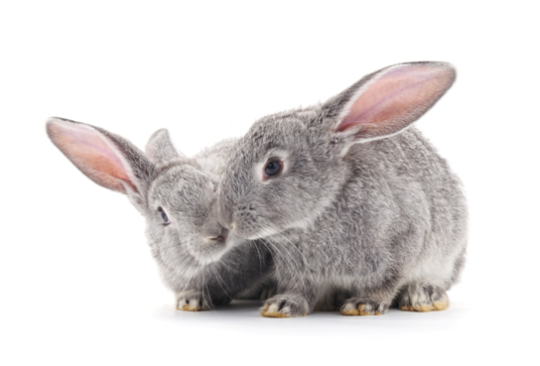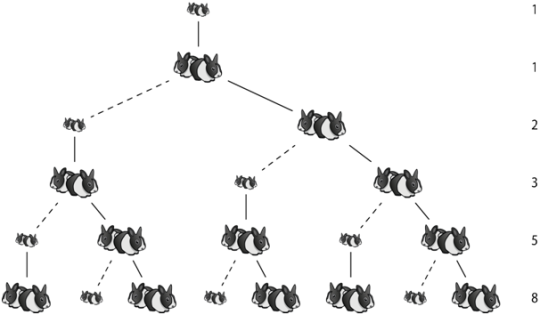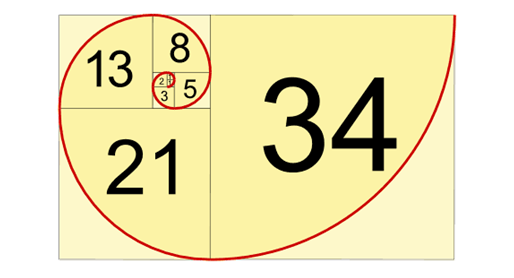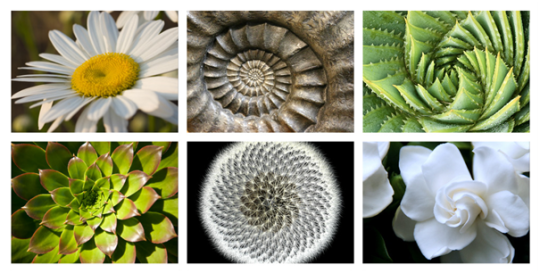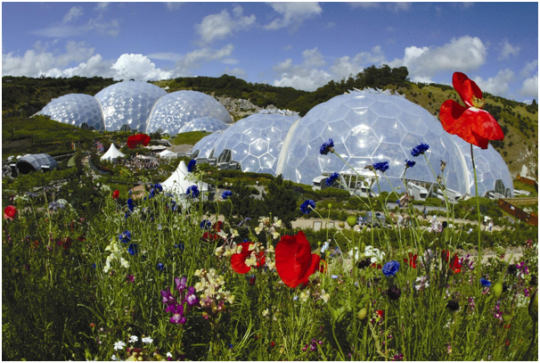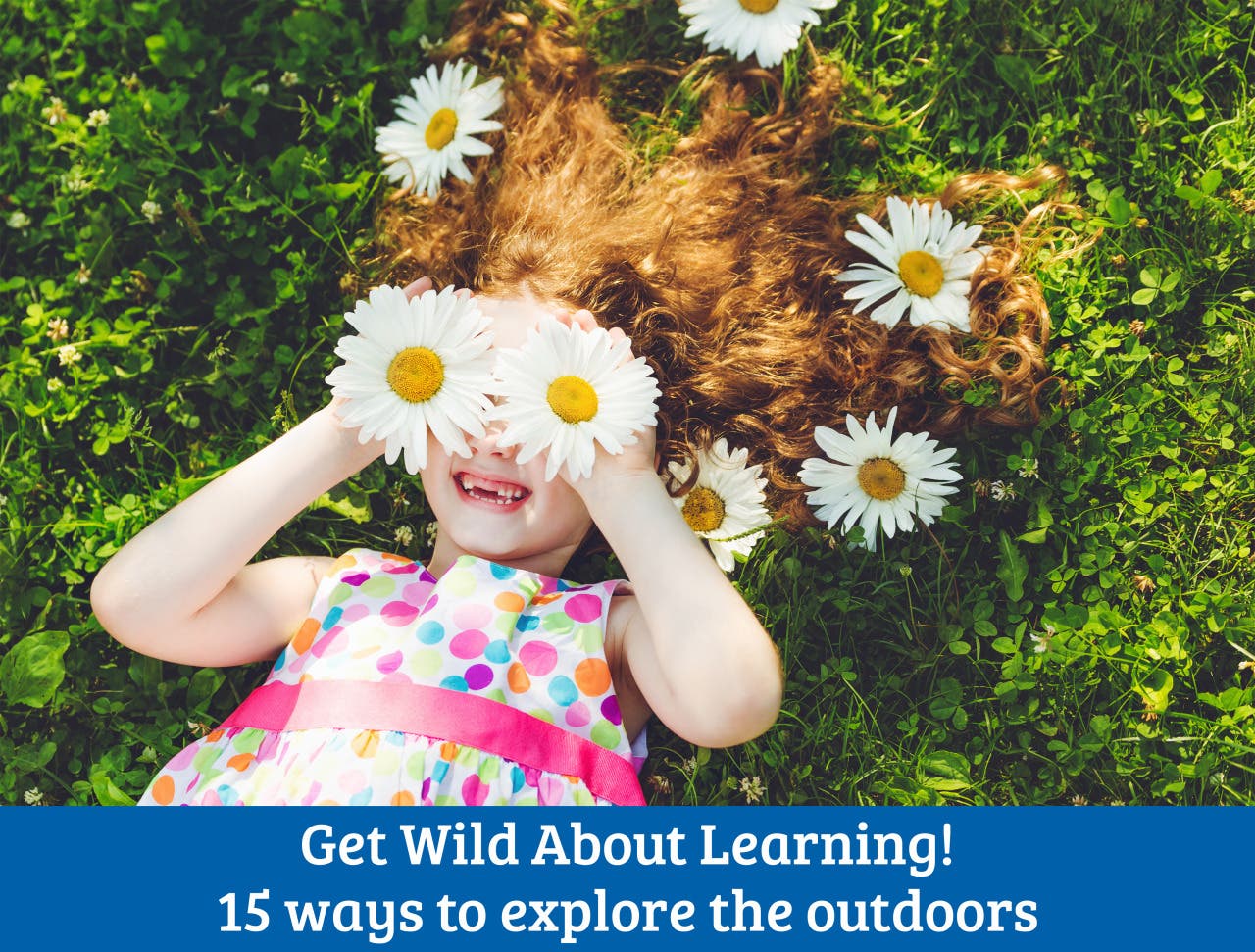
This month we are getting wild about learning and taking to the great outdoors to spend time surrounded by nature. The outdoors offers rich learning experiences and
inspires creativity and imagination! Nursery educator, Margaret McMilan, once said ‘The best classroom and the richest cupboard is roofed only by the sky’ and we agree!We’ve put together
15 family friendly ways to explore the outdoors, ranging from butterfly spotting and nature trails to raft building and
flower pressing.We even have some free downloadable spotting sheets for you to try too!
What will you discover? 1) Butterfly Spotting
There are 59 species of butterfly in the UK with some of the most common being Brimstone, Speckled Wood, Comma, Holly Blue and Peacock. Butterflies are found in a variety of habitats all over the world and are usually easy to spot in the warmer months. Try our Butterfly Spotting Sheet to see how many you can find!
Fun Fact: Butterflies taste food by standing on top of it!2) Bird Watching
EI-5260 GeoSafari® Jr. Kidnoculars™Birds and wildlife are often closer than you think! Watching and identifying birds is a fun activity that you can do in your garden or when you’re out and about. Can you spot a robin? Can you see a seagull?
3) Nature Trail
GeoSafari® Jr. BugWatch™ Magnifier Explore a new outside space by going on a nature trail! Take time to observe surroundings and keep your eyes peeled for trees, plants, animals and insects! Can you find different habitats? Can you draw your discoveries? Use a
child-friendly magnifier to see if you can discover new details that are invisible to the naked eye.
4) Dinosaur Habitats
Create a habitat for
toy dinosaurs in your garden! Collect grass, sticks and stones to build a Jurassic themed adventure within a tray or sandpit. Talk about the different habitat each dinosaur would like and don’t forget to leave out food and water!
Fun fact: Not all the dinosaurs lived at the same time. Nor did they all live in the same part of the world.5) Garden Olympics
If the sun is shining, why not encourage active play with some
fun outdoor games? Obstacle courses are a great and simple way to get the whole family competing and having fun! Lay out challenges in different areas of the garden such as:
- Hula-hooping
- Bean-bag balancing
- Cone weaving
- Relay racing
- Tunnel crawling
- Limbo
- Stilts walking
6) Composting
Composting is nature’s way of recycling biodegradable materials. Go on a scavenger hunt around your house and local area to collect as many biodegradable items as possible.
- Things like paper, food scraps, wood, grass and leaves are biodegradable and will easily decay.
- Things like aluminium cans and plastic bottles are non-biodegradable and will not decay.
Create a compost heap in a bucket by layering the biodegradable items you have collected with newspaper, wood cuttings and leaves. Add water as needed to keep the compost moist and make sure the lid is kept on, mixing the compost every few days to keep it aerated. Ask your children to predict what will happen and in 2-4 weeks examine the contents of the bucket. Are any of the items you collected recognisable?
Fun Fact: With the help of bacteria and other organisms, all organic material can decompose into rich, dark compost.7) Hedgehog House
Did you know you can make a hedgehog home with a few simple materials such as a plastic box and a carrier bag?Take a look at this activity sheet from the
Wildlife Watch for some useful hints and tips. Once you have made your hedgehog home, try using
binoculars to find out if you have any prickly new residents!
8) Digging for Nature’s Treasures!
Fill a large tray with sawdust and bury several items from nature such as:
- Pine cones
- Leaves
- Sticks
- Acorns
- Stones
- Flowers
Ask your young learners to place a blindfold on and see what they can find in the tray. When they find something encourage them to use their senses and comment on the texture and smell. Can they identify all of the objects?
9) Flower Pressing
Start by taking a trip into the garden and asking your young learners to select some flowers that they would like to press, making sure you have permission to pick them. Arrange them on a piece of card how you would like them to be presented and leave them within the press to dry out. The
Nancy B's Science Club® Nature Keeper and Tree Diary is complete with flower/leaf press, craft punch, tweezers and journal, perfect for creating decorative artworks inspired by nature.
Top tip: Try to pick the flowers in the morning when they are slightly damp, this will make them more prone to moulding in your press. 10) Exploring the Night Sky
EI-5351 Nancy B's Science Club® Moon ScopeTake a look at the night-sky using a telescope and see what you can discover. Is it a full moon? Can you find the North Star? Write down in a journal what you can see each night, are there any patterns?
Fun fact: On a clear night you can see approximately 3,000 stars with the naked eye!11) Colour Scavenger Hunt
Create a worksheet that has a sample of seven different colours in the margin on the left hand side. Next to each colour, stick a horizontal strip of double sided sticky tape so there is a sticky surface on show. Go on a nature trail and collect things that match the colours, sticking them to the sheet as you go!
12) Investigating Plants and Trees
LER 2774 Primary Science® Jumbo Magnifiers Plants can be categorised by analysing and describing their characteristics. The majority of plants and trees will fall into any of the following groups:
- Woody plants
- Aquatic plants
- Grass-like plants
- Orchids and related plants
- Ferns
- All other flowering non-woody plants
You can work out which group your discovery falls into by taking a closer look at the leaves, stems, flowers and habitats.
13) Raft Building
It’s a raft race! Collect sticks when out and about or from the garden (you’ll need approximately 50). Once collected lay them out on a table with some string, scissors and craft materials. A perfect activity for a large group, ask each child to build a raft that floats and has a customised flag! Once completed, take them to a stream or pond and test them out!
14) Shadow Painting
Find a spot in a garden or outdoor area where shadows of the branches of a tree are clear on the floor. Place a giant piece of card on the floor so that the shadow fills most of the page and colour it in using pens or paint!
15) Creepy Crawly Count
LER 0789 Jumbo Insects Did you know that insects make up approximately half of the species on earth and there are 21,000 different types of insects in the UK alone?Some of the most common types found in the UK are:
- Dragonflies
- Grasshoppers and crickets
- Flies
- Beetles
- Bees
- Wasps
- Ants
- Butterflies
- Moths
Fun fact: Insects have external skeletons and jointed limbs! Visit our Facebook page and share your images of you and your youngsters having fun and going #WildAboutLearning
*Browse our
outdoor exploration and discovery tools on our
website!
#LoveLearning #Wildaboutlearning
[contact-form][contact-field label='Name' type='name' required='1'/][contact-field label='Email' type='email' required='1'/][contact-field label='Website' type='url'/][contact-field label='Comment' type='textarea' required='1'/][/contact-form]
 This month we are getting wild about learning and taking to the great outdoors to spend time surrounded by nature. The outdoors offers rich learning experiences and inspires creativity and imagination! Nursery educator, Margaret McMilan, once said ‘The best classroom and the richest cupboard is roofed only by the sky’ and we agree!We’ve put together 15 family friendly ways to explore the outdoors, ranging from butterfly spotting and nature trails to raft building and flower pressing.We even have some free downloadable spotting sheets for you to try too! What will you discover?
This month we are getting wild about learning and taking to the great outdoors to spend time surrounded by nature. The outdoors offers rich learning experiences and inspires creativity and imagination! Nursery educator, Margaret McMilan, once said ‘The best classroom and the richest cupboard is roofed only by the sky’ and we agree!We’ve put together 15 family friendly ways to explore the outdoors, ranging from butterfly spotting and nature trails to raft building and flower pressing.We even have some free downloadable spotting sheets for you to try too! What will you discover? 





















